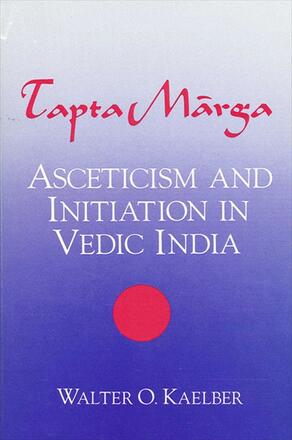
Tapta-Mārga
Asceticism and Initiation in Vedic India
Alternative formats available from:
Description
This is the most comprehensive study yet made of tapas and of asceticism during the Vedic period. It also explains three other essential components of Vedic thought: sacrifice, homology, and knowledge. These concepts, along with tapas and initiation symbolism, reveal the heart of Vedic religion. therefore, this study presents a "history of Vedic religion," organized around the central building blocks of that tradition.
Walter O. Kaelber is Professor of Religious Studies at Wagner College.
Reviews
"Kaelber takes a subject which looks obscure at first sight, digests, distills, and comments on a difficult body of scholarship, and then writes about it in a way that is easily accessible to any beginning reader on the subject while at the same time fresh, abrim with new insights, and a stimulating read for the scholar. He achieves this by persistently showing how tapas, in its many transformations, remains at the center of the mainstream of Vedic religion from its beginnings to its Upanishadic 'end. ' I see this book as something we have long needed for the teaching of Hinduism: a good book with which to introduce students to the continuities of Vedic religion. " — Alf Hiltebeitel, George Washington University
"This is an excellent study of an important topic in the history of Vedic religion. What I like best about the work is the way it reveals the variety of meanings and uses of tapas in different contexts to establish connections between natural, human, and cosmic realities and to maintain continuity between ritual tradition and the path of knowledge. This is a creative study that provides important new insights into the basic principles of Vedic religion. " — Thomas J. Hopkins, Franklin and Marshall College